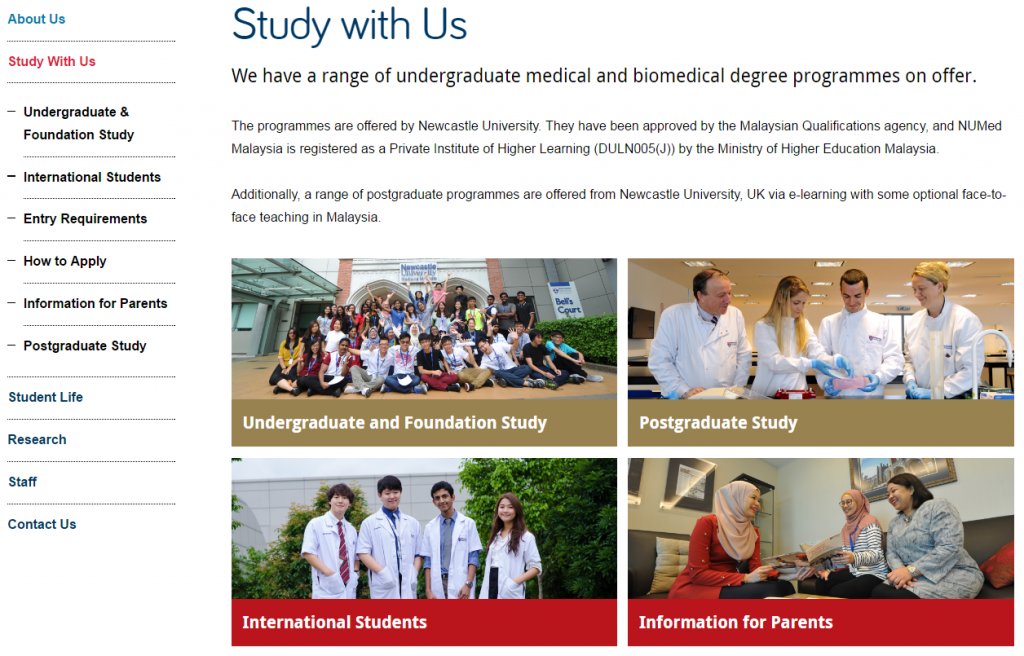It’s been a busy couple of weeks here in Corporate Web Development as we get ready to launch our next batch of sites in Go Mobile.
Go Mobile programme
Fen has been working with Lisa on the History, Classics and Archaeology site. She’s also been putting the finishing touches to the Web Info and Feedback site, ready for go live next Friday.
Lisa has been working with Fen to restructure and edit the History, Classics and Archaeology website ready for go live next week. She has also designed a feedback form to collate amends from editors after completing their site accuracy check before the proofing stage.
Linda has been editing the Working with Business website ready for go live next week.
Andrew has worked on the post-migration and editing of the Centre for Urban and Regional Development Studies site in T4.
Emily has been putting the finishing touches to the Singapore site, before it gets passed on for proofing. She’s also written some blog posts highlighting examples of good content use in some of our recent batches.
In preparation for batches 5 and 6, Fen has audited the Computing Science website and created a new sitemap, Emily has audited the School of Modern Languages website, and Andrew has audited the School of Dental Sciences website.
Lisa has been looking at the review process for sites that have already gone through Go Mobile.
Design and Technical developments
Our new directions content type, 14. Google directions, is now available to T4 web editors. Check out the upcoming blog post (30 August) and our demo site for more details.
Campaigns and other developments
Linda ran a workshop on a possible new sports website.
The whole team have been supporting updates/technical queries around the Clearing campaign.
Training and support
Fen delivered a Media Management workshop this week. Anne delivered a T4 CMS workshop last week.
We’ve received 35 support requests through the NU Service Helpdesk and have resolved 23 of them.
Plans for the next few weeks
Fen is meeting with the Mobility team next week to discuss content for the new Loyola pages on their website.
Anne’s preparing T4 CMS training for editors based in Singapore.
We’re getting things lined up for Batch 5 and 6 which will see us over half way through the Go Mobile Programme!


